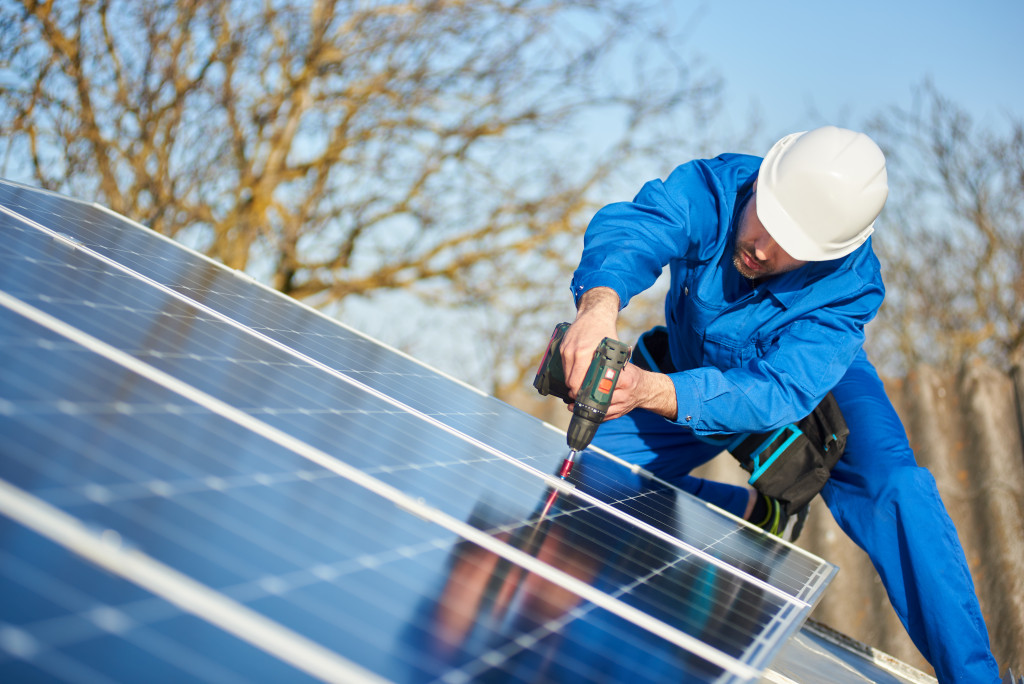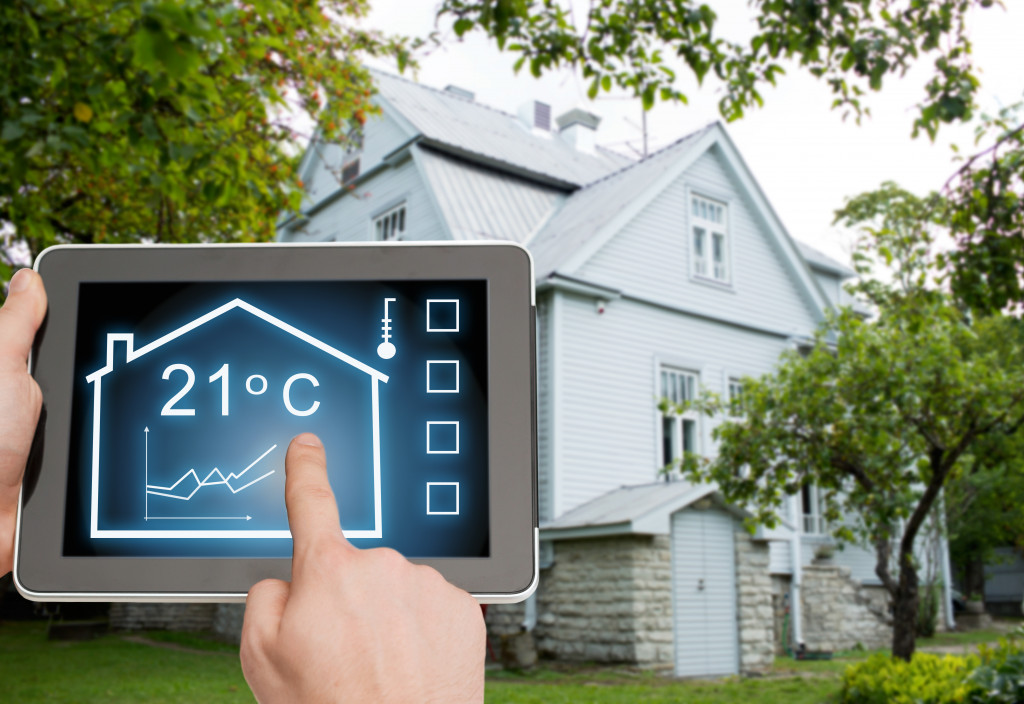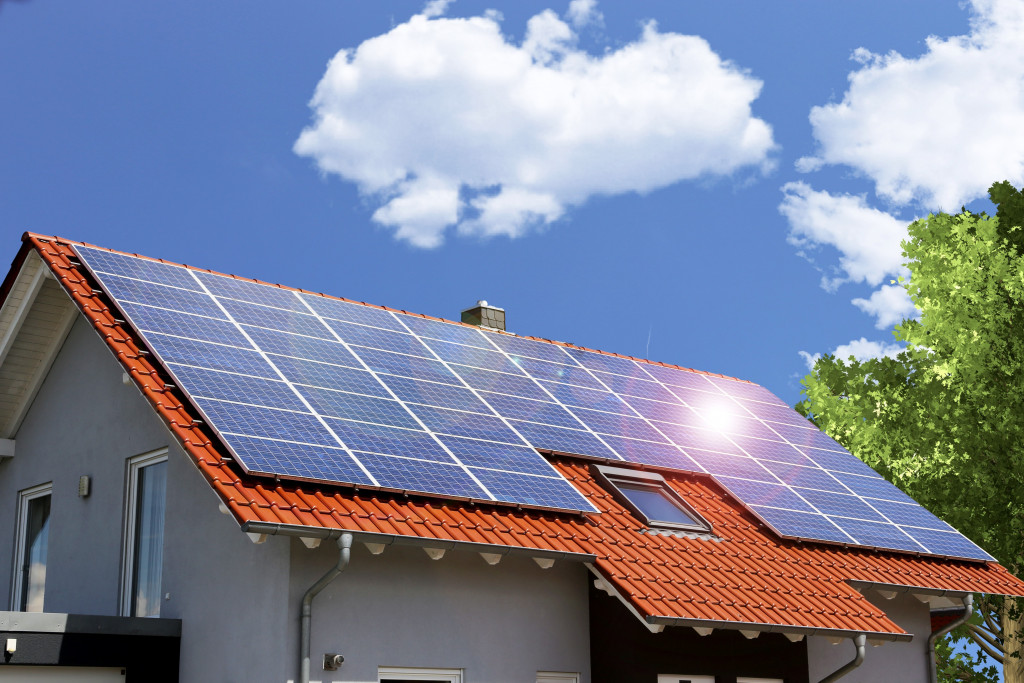The home is an essential part of life for many people. It can provide a sense of security and stability in their lives, no matter what hardships come their way. Unfortunately, not everyone is fortunate enough to have a stable home environment.
Studies have shown that individuals living in unstable or inadequate housing are significantly more likely than those living in secure housing to suffer from depression and anxiety disorders. A 2005 study published in General Hospital Psychiatry found that nearly half of all homeless adults reported symptoms consistent with major depression, while 59% reported signs of post-traumatic stress disorder (PTSD). Unstable housing can also lead to chronic medical conditions such as hypertension, diabetes, and heart disease due to inadequate nutrition and poor access to healthcare services.
Homes need to be stable, especially when there are children present. Children living in unstable housing tend to perform less in school, have lower self-esteem, and are more likely to develop behavior problems.
However, pursuing stability will require you to go through many steps, especially when building the home for it. Here are a few of them.
Home Budget
Much of a person’s stability relies on having a stable budget. It is essential to look through your finances and determine how much you can realistically spend on rent or mortgage payments, utilities, repairs, furniture, etc. Having an idea of the amount needed for each item can help keep you from making decisions that are not in line with your financial situation.
However, repairs and renovation will depend on the age of the home and its current condition. You will want to determine what repairs and renovations are necessary before settling in. The last thing you want is to find yourself in an unstable home due to unforeseen expenses you did not anticipate.
To create a home budget, you must first determine the amount of money you have available to spend each month. It would help if you also made sure that any payments are paid on time and that no late fees or extra expenses are incurred. Additionally, setting aside money for emergency repairs and renovations will help keep your home from becoming unstable.
Sustainability

It is also essential to consider the sustainability of your home. Sustainability can mean different things to different people. However, it would help if you considered factors including energy efficiency, water conservation, and access to green spaces.
For example, suppose you are looking for ways to reduce energy costs. In that case, you may want to invest in energy-efficient appliances or renewable energy sources such as solar panels and wind turbines. You can also look into local utility companies that offer incentives for using clean energy sources. Additionally, investing in smart thermostats or LED lighting can help you save money on electricity bills while reducing your environmental impact.
Sustainable home roofing materials will also play an essential role in the overall stability of your home. Look for materials that are both durable and energy-efficient. Asphalt shingles are popular, as they can last up to 30 years with proper maintenance. Metal roofing is another option, as it is highly reflective and can drastically reduce heating costs in hot climates.
Lastly, you will want to consider how your home affects the environment around it. Planting trees and shrubs can help absorb carbon dioxide and reduce stormwater runoff. Additionally, investing in rain barrels or cisterns can help capture water during rainstorms, reducing strain on local sources of freshwater and providing a source of irrigation for nearby plants.
Modern Technology

Modern technology is revolutionizing lives, making it easier for people to create a more stable home environment. Smart home appliances, such as thermostats, security systems, and automated lighting, are just some technological advances that can provide peace of mind and convenience to those looking to create a safer and more secure home.
Here are a few pieces to get you started:
Smart Thermostats
Smart thermostats can be used to automate temperature settings in your home. They can also be programmed to adjust temperatures throughout the day, allowing you to save energy and money on heating and cooling costs.
Security Systems
Security systems can be connected to motion sensors or cameras, providing extra protection while you’re away from home. These systems can be monitored remotely via apps or online portals, giving you peace of mind when protecting your family and belongings.
Automated Lighting
Automated lighting systems are a great way to conserve energy while providing adequate illumination throughout your home. Motion sensor lights or timers can turn off lights when they’re not in use, and you can also program lights to turn on at certain times of the day.
Best Appliances
Investing in the most energy-efficient appliances can help reduce your electricity bill and improve your home’s performance. Look for ENERGY STAR-certified products, as they are rated to use significantly less energy than their noncertified counterparts. Additionally, look for appliances with features like auto shut-offs and timers, further reducing electricity usage.
Final Thoughts
Creating a stable home environment is essential in fostering a healthy and secure lifestyle. It may require some adjustments on your part, such as creating a budget and investing in modern technology, but the investment will be worth it in the long run. Start by making small changes, like switching to LED lighting or purchasing ENERGY STAR-certified appliances. These seemingly minor adjustments can add over time, resulting in greater peace of mind and stability for you and your family.
